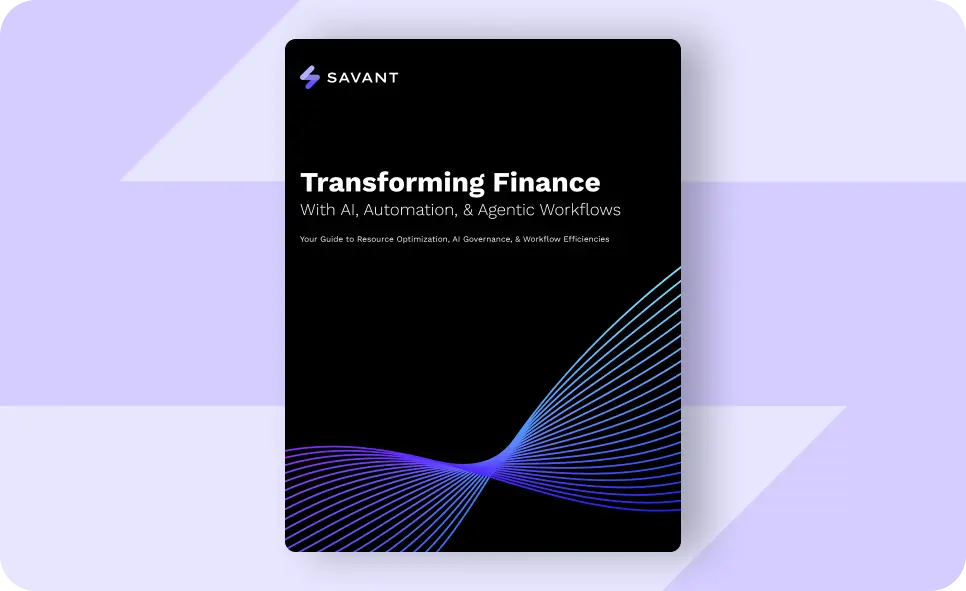What Is Automated Reporting?
Automated reporting is the process of generating reports using software tools without the need for constant human intervention. This approach streamlines data collection, analysis, and presentation, allowing organizations to access accurate and up-to-date information efficiently. By automating routine reporting tasks, businesses can save time, reduce errors, and focus on deriving insights rather than manually compiling data. Automated reporting is commonly used in various industries, helping teams track performance metrics, monitor trends, and make data-driven decisions with ease.
By centralizing data and making reports readily accessible through dashboards or shared platforms, teams can stay aligned and make informed decisions faster. Automation also allows for real-time updates, ensuring that stakeholders are always working with the most current information. As a result, organizations can respond more quickly to changes, identify opportunities, or mitigate risks effectively. The scalability of automated reporting systems also enables businesses to adapt as their data needs grow, making it an essential tool for modern, data-centric environments.

